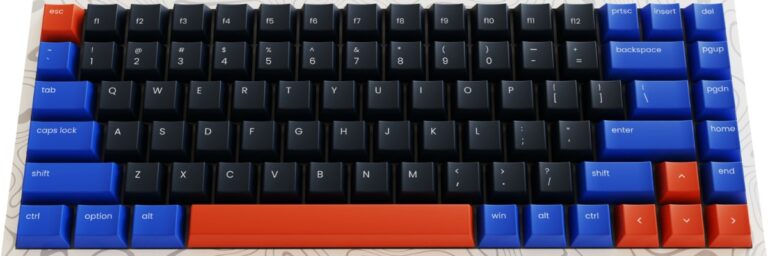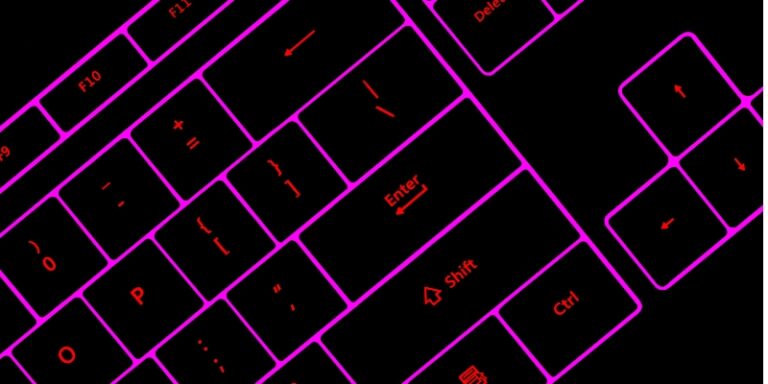Enhancing Accessibility for All
People with disabilities face numerous challenges in their daily lives, and technology can play a crucial role in helping them overcome these challenges. One such technology that has revolutionized the lives of people with visual impairments is the keyboard designed specifically for the blind. In this article, we will explore the features and benefits of keyboards for the blind and their impact on accessibility.
What are Keyboards for the Blind?
Keyboards for the blind are designed to provide access to computers and other devices for people who are blind or have low vision. These keyboards have a variety of features that make them easy to use for individuals with visual impairments, including large keys with high contrast, Braille markings, and audio feedback.
Features of Keyboards for the Blind
Large Keys with High Contrast
Keyboards for the blind typically have large keys that are easy to locate and press. The keys are also designed with high contrast, which makes them easier to see for people with low vision. The high contrast keys are typically black with white or yellow letters or symbols, providing excellent visibility even in low light environments.
Braille Markings
Braille markings on the keys are another essential feature of keyboards for the blind. Braille is a system of raised dots that can be read by touch, and it is widely used by blind and visually impaired people. The Braille markings on the keyboard allow the user to locate the keys without having to look at them. This feature enables blind individuals to type without any visual assistance, making it an incredibly empowering tool.
Audio Feedback
Audio feedback is another vital feature of keyboards for the blind. When a key is pressed, the keyboard produces an audio signal that indicates which key has been pressed. This audio feedback helps the user know which key they have pressed, and it also confirms that the key has been registered. This feature can be particularly helpful for people with low vision who may not be able to see the keys.
Benefits of Keyboards for the Blind
Enhanced Accessibility
Keyboards for the blind enhance accessibility by providing a means for visually impaired individuals to access and use computers and other devices. With the aid of these keyboards, blind individuals can browse the internet, communicate via email, and even participate in online education and employment opportunities. This enhanced accessibility promotes greater inclusion and participation in society for people with visual impairments.
Increased Independence
Keyboards for the blind promote independence by enabling blind individuals to type without visual assistance. With the aid of Braille markings and audio feedback, blind individuals can type messages, documents, and emails without the need for someone to read the text to them. This increased independence can be incredibly empowering for blind individuals, as it allows them to perform tasks without relying on others.
Improved Quality of Life
Keyboards for the blind can also improve the quality of life for individuals with visual impairments. With the aid of these keyboards, blind individuals can access information, communicate with others, and participate in activities that were previously inaccessible to them. This increased access and participation can lead to a greater sense of connection, engagement, and fulfillment in life.
The Impact of Keyboards for the Blind
Keyboards for the blind have had a significant impact on accessibility and independence for people with visual impairments. These keyboards have enabled blind individuals to access and use computers and other devices, and they have done so with a high degree of independence. The impact of these keyboards can be seen in the increased participation of blind individuals in education, employment, and other areas of life.
Keyboards for the blind are a vital tool for promoting accessibility, independence, and quality of life for individuals with visual impairments. These keyboards have numerous features that make them easy to use, including large keys with high contrast, Braille markings, and audio feedback. The benefits of these keyboards include enhanced accessibility, increased independence, and improved quality of life for blind individuals. The impact of keyboards for the blind can be seen in the increased participation and inclusion of people with visual impairments in society. As technology continues to advance, it is essential that we continue to prioritize accessibility and inclusion for all individuals, including those with disabilities. By doing so, we can create a more equitable and just society for everyone.







